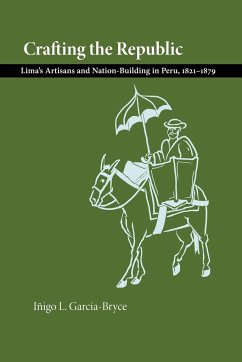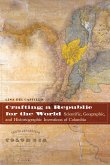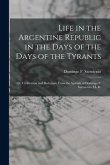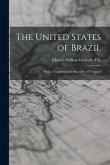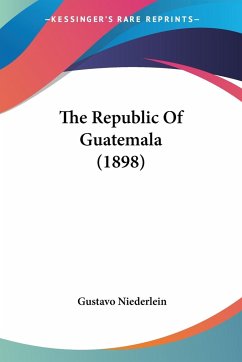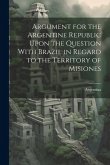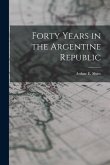This clearly written, cogently argued assessment of social and political mobilization in nineteenth-century Peru focuses on 5,000 Lima artisans, 70 percent of whom were black, Indian, or mestizo. García-Bryce traces the evolution of these guild artisans into class-conscious workers. His discussion gives special attention to how artisans' declining economic success meant not only a loss of income but undercut gains in social status. It is in this interplay of economics and race that García-Bryce's analysis of the origins of class identity is most revealing. The fate of Lima's artisans, the most numerous of whom were shoemakers, tailors, and carpenters, is discussed against the backdrop of nineteenth-century Liberalism, which sought to align everyone to the 'greater good' of the state while sidestepping demands from special interest groups such as craft workers. Indeed, following the abolition of guilds in 1862, the artisans fully subscribed to the modernization promised by the liberal elites. But when in the 1870s it became clear the state could not deliver on its promises, working-class identity began to emerge, especially fostered by a newly emergent group of artisans, the printers.
Hinweis: Dieser Artikel kann nur an eine deutsche Lieferadresse ausgeliefert werden.
Hinweis: Dieser Artikel kann nur an eine deutsche Lieferadresse ausgeliefert werden.

